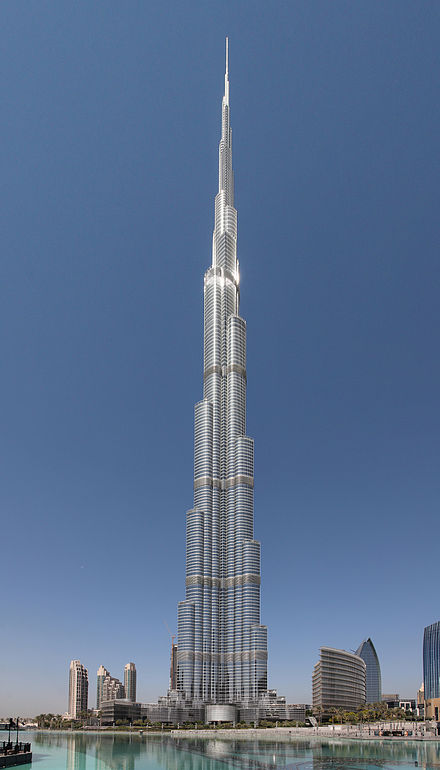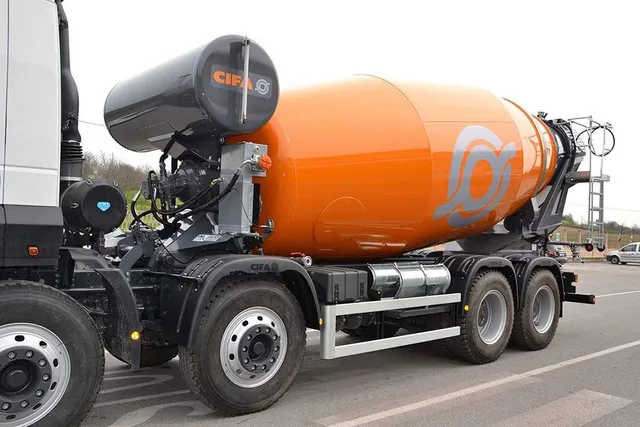Discover why concrete pumps are crucial for efficiency, safety, and quality in any construction project
Discover why concrete pumps are crucial for efficiency, safety, and quality in any construction project.
Concrete pumps have revolutionized the construction industry, becoming an indispensable tool for modern building projects. They offer a range of benefits that significantly enhance efficiency, safety, and quality in concrete placement. Whether you’re working on a residential build, a commercial development, or a large-scale infrastructure project, having a concrete pump on site can make a world of difference. Here’s why a concrete pump is a must-have for any construction project:
1. Enhanced Efficiency
One of the primary advantages of using a concrete pump is the boost in efficiency it provides. Concrete pumps allow for faster and more precise placement of concrete compared to traditional methods. Instead of manually transporting concrete using wheelbarrows or chutes, a pump delivers the material directly to the desired location. This streamlined process not only speeds up the pouring process but also reduces the overall labor required.
Example: For high-rise buildings, a concrete pump can deliver concrete to floors that are several stories above ground level, something that would be time-consuming and labor-intensive with other methods.
2. Improved Accuracy
Concrete pumps offer exceptional accuracy in concrete placement. The precision with which the pump can direct the concrete minimizes waste and ensures that the material is evenly distributed. This accuracy is especially crucial for complex structures where uniformity is key to achieving the desired strength and durability.
Example: In constructing intricate forms or when dealing with reinforced structures, a pump ensures that the concrete is delivered exactly where needed, preventing issues like segregation or uneven curing.
3. Increased Safety
Safety on a construction site is paramount, and concrete pumps contribute significantly to this aspect. The use of a pump minimizes the need for manual handling of concrete, reducing the risk of injuries related to heavy lifting and handling. Additionally, the pump’s ability to deliver concrete efficiently reduces the time workers spend in potentially hazardous conditions, such as working on elevated surfaces or in confined spaces.
Example: For projects involving high elevations or difficult terrain, a concrete pump reduces the need for workers to be in precarious positions, enhancing overall site safety.
4. Versatility and Flexibility
Concrete pumps are highly versatile, capable of handling a variety of concrete mixes and job site conditions. They can be used for everything from small residential projects to large-scale commercial constructions. Pumps come in different types, including boom pumps and line pumps, each suited to specific tasks and site requirements.
Example: Boom pumps are ideal for reaching over obstacles and placing concrete at high altitudes, while line pumps are perfect for delivering concrete over long distances or through narrow spaces.
5. Cost-Effectiveness
While the initial cost of hiring or purchasing a concrete pump might seem high, the long-term savings it offers make it a cost-effective choice. By increasing the speed of the concrete placement and reducing labor costs, the pump can significantly lower overall project expenses. Additionally, the reduction in material waste and the prevention of delays contribute to a more cost-efficient construction process.
Example: In projects with tight deadlines, the efficiency of a concrete pump can help avoid costly overtime and expedite project completion, leading to financial savings.
6. Better Quality Control
Consistency and quality are critical in construction, and concrete pumps help achieve both. The ability to control the flow and placement of concrete leads to more uniform results. Properly placed concrete ensures that the structure meets the required specifications and performs as intended over its lifespan.
Example: In structures requiring precise concrete placement, such as foundations with complex geometries or thin slabs, a concrete pump helps maintain quality and meet engineering standards.
7. Reduced Environmental Impact
Concrete pumps can also contribute to a greener construction process. By minimizing the need for manual transportation and reducing waste, pumps help lower the environmental footprint of a project. The efficient use of resources and the reduction in the number of vehicles required on site contribute to a more sustainable construction approach.
Example: The reduced reliance on trucks and manual labor not only cuts down on fuel consumption and emissions but also minimizes the impact on surrounding areas.
8. Streamlined Workflow
The integration of a concrete pump into the construction workflow simplifies operations and improves coordination on site. With concrete being delivered directly to the pour location, there’s less need for multiple handling stages, leading to a smoother and more organized construction process.
Example: In large-scale projects, such as bridges or dams, the streamlined workflow enabled by a concrete pump helps keep the project on track and prevents disruptions caused by inefficient concrete placement.
A concrete pump is more than just a tool; it's a game-changer for construction projects of all sizes. By enhancing efficiency, improving accuracy, increasing safety, and offering versatility, concrete pumps address many of the challenges faced in modern construction. They represent a crucial investment for any project aiming to achieve high-quality results while maintaining a smooth and cost-effective workflow.
Incorporating a concrete pump into your construction process not only boosts productivity but also ensures that your project meets its deadlines and quality standards. Whether you’re working on a small residential build or a major infrastructure project, a concrete pump is a must-have asset that can make all the difference in achieving construction success.

Read More: https://almarwan.com/c/equipment-buy/transport-trucks/concrete-pump-trucks?q=1724841843741












